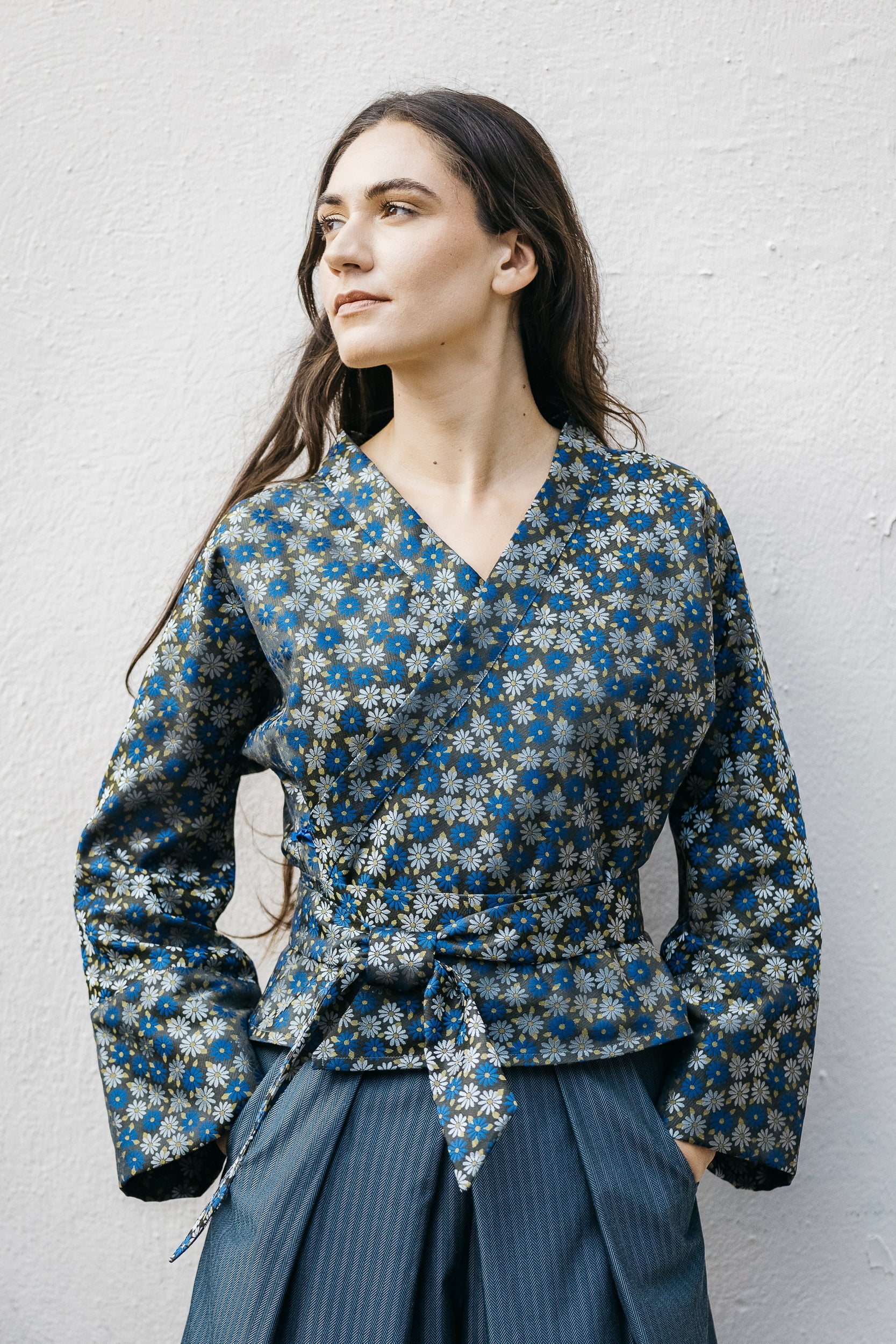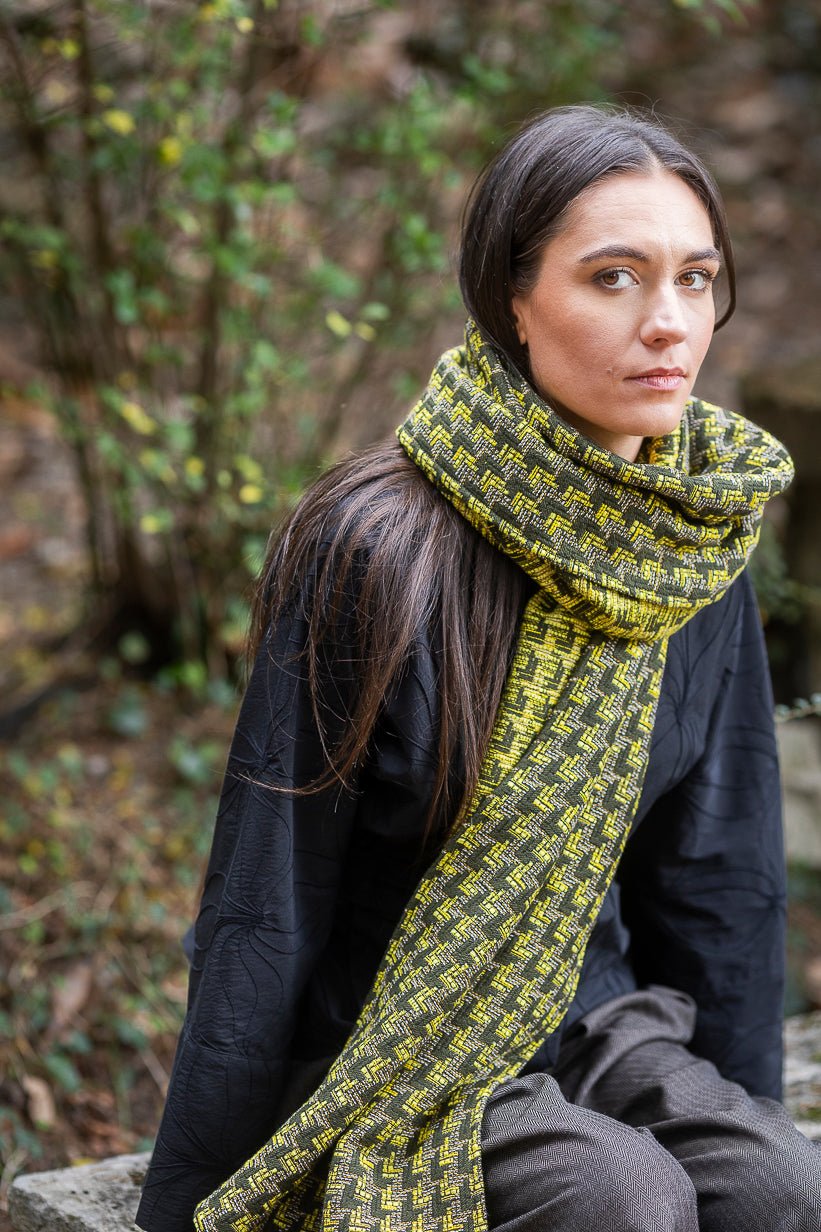“There is a crack in everything, that’s how light gets in” - Jellaludin Rumi
What is the Wabi Sabi philosophy?
Philosophically the term Wabi means simple, immaterialist, humble by choice and in harmony with nature /strong>. The notion of Wabi thus refers to simplicity and natural elegance.
Sabi literally means "the blossoming of time", where beauty and serenity comes with age. It's about authenticity, proof that beauty is fleeting and does not last.
This philosophy is an art of living, a way of feeling things. Living Wabi Sabi means favoring simplicity and harmony, accepting what is imperfect and the little nothings of everyday life. Unlike our consumer society which always advocates more, this philosophy invites us to abandon the superfluous and say yes to the essential.
What are the principles of this philosophy?
There are seven aesthetic aspects of the Wabi Sabi philosophy:
1°) Fukinsei : asymmetry, irregularity
2°) Kanso: simplicity, elimination of clutter
3°) Shibumi: austerity and altered nature
4°) Shizen: unpretentious, natural
5°) Yugen: subtly deep grace, not obvious
6°) Datsuzoku: unlimited by agreement, free
7°) Seijaku: immobility, tranquility
We can therefore summarize them as follows:
- An untamed nature that allows you to reflect the discreet elegance of passing time.
- Accept imperfection and rediscover it. Symmetry and perfection do not exist in this world. This philosophy therefore invites us to ignore straight lines in favor of the delicate imperfection of curves and asymmetry. know-how is in this sense the allegory of the Wabi Sabi philosophy, because it demonstrates patience in producing imperfect works. and unique. It is a beauty that moves away from conventions and diktats of perfection and symmetry.
- Beauty is found in simplicity, beauty without embellishment. natural materials encourage this authenticity.
- Feel good with yourself, contemplate the poetry of time passing.
- Less, but better, adopt a more responsible lifestyle, in harmony with the planet, and favoring quality over quantity.
And what about fashion in all this?
This new aesthetic (or even anti-aesthetic for some commentators) of imperfection, of asymmetry, of authenticity, of natural elegance in tune with oneself resonates in the minds of Japanese designers such as Miyake, Kawakubo and Yamamoto. “Less is more”, such is the motto of the minimalist movement initiated by Rei Kawakubo in the 1980s. Non-conformist, the Japanese designer defends a vision of well clothing. far from the diktats imposed by fashion. Clothing is then a second skin, an extension of oneself, and not a simple piece of fabric that covers the nudity. According to her, we buy clothing for what it does, and not for what it makes us look like. Through its minimalism, the kimono is a garment in conversation with the body, the skin and the humble and sensual spirit.
More generally, these fashion philosophers bring into their work irregularity, asymmetry, simplicity and complexity, the strong>deconstruction and construction. Through this sensitivity, these Japanese designers confront us with the authentic beauty of humanity through their clothes. Their works disturb and provoke because we are afraid to recognize that imperfection is inherent to the human condition.
This philosophy is reflected in particular by:
- deconstructed and reconstructed conventional clothing;
- monochrome tones;
- unusual volumes, new proportions;
- the asymmetry;
- unfinished clothing held together with knots.
In other words… a new beauty defying conventions, norms and aesthetic diktats.
The creativity of Japanese designers has inspired many Belgian creators. Thus, Ann Demeulemeester, a former fashion student at the Royal Academy of Fine Arts in Antwerp, discovered a new freedom as a designer and a woman. Just like Rei Kawakubo, she challenges stereotypes of beauty and Western gender. The woman is then strong, has self-esteem and pleases men thanks to her mind rather than her body.
Martin Margiela, another Belgian designer, draws his inspiration from the poetics of deconstruction of Japanese designers. He dissects the garment, observes it, thinks about it and reconstructs it or rather deconstructs it (asymmetries, tears, frayed edges, knots and uneven hems).
From different cultures and different generations, these free creators participated in the appearance of a “new aesthetic” and in the recognition of fashion as an art form in its own right .







